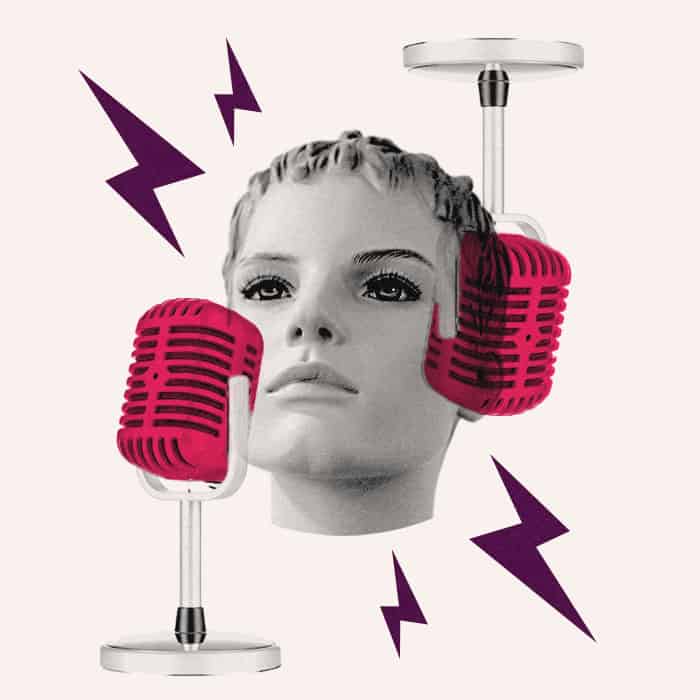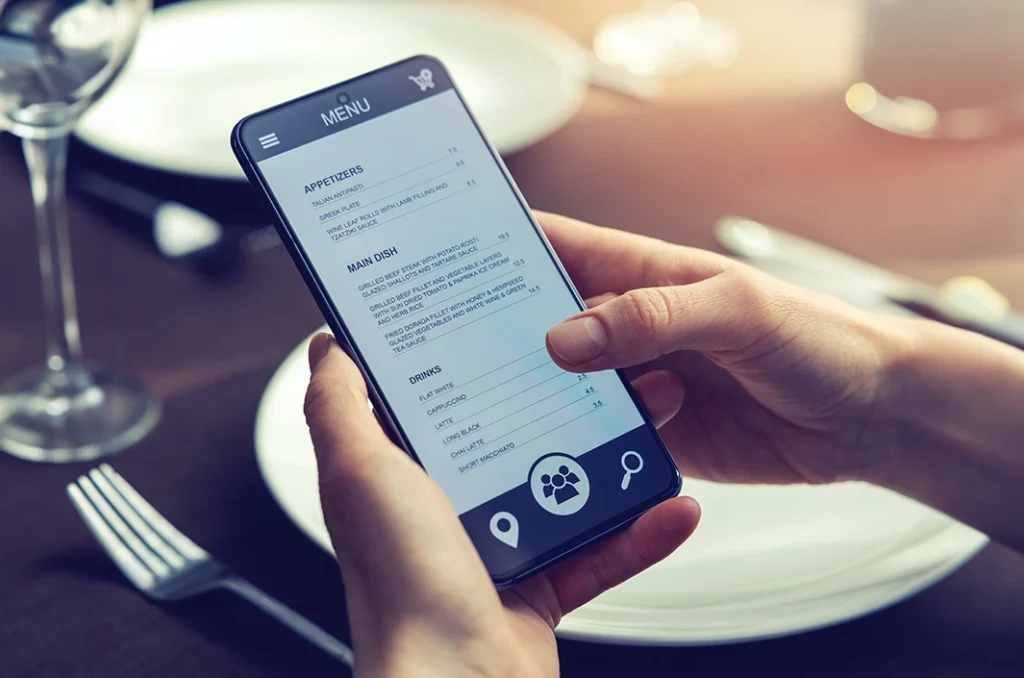This article is the third of a 5-part series about Vigor’s strategic framework. Read part two here.
Imagine that you’re a brilliant computer programmer working at a shadowy tech giant. One day, your boss pulls you aside for a special project. You’re seated in a white room with nothing but two microphones and two speakers. The microphones and speakers are labeled A and B.
“Go ahead,” prods your boss. “Say something.”
“Um, hello” you mutter into microphone A. “Hi, my name is Lisa,” replies a voice from speaker A. You try the same salutation with microphone B. “Hello, this is Lisa,” replies a voice from microphone B.
Your boss explains that one Lisa is a real person, and the other is a clever robot. Your job is to determine which is which. You have as much time as you like to solve this Turing test.
At first, Lisa A and Lisa B both seem intelligent. They give normal responses to questions like, “how are you feeling” and “what do you do for a living.” But as the conversation goes on, you begin to notice something very real, yet hard to describe.
You feel like you’re talking to Lisa A, but you’re getting to know Lisa B.
And it’s not one thing that gives it away. But Lisa B has these quirks. She stammers every now and then. She gets noticeably excited when you talk to her about travel. She’s a little guarded about her brother David. She has a great sense of humor. And she seems to actually be warming up to you more and more each conversation. Lisa A, on the other hand, is transactional. She checks the boxes, but, clearly, she doesn’t have a personality, because she isn’t a person.
Humans are finely-tuned to the personalities of others. It’s how we establish connection, interpret the actions of others, create alliances, and establish trust and loyalty. We’re so adept at personalty-reading that we do it all the time, whether we want to or not. That’s why we personify a car as “aggressive” or describe a dessert as “seductive.”
When you’re a hammer, everything is a nail, and when you’re human, everything has a personality.
It’s no surprise, then, that each time we interact with a brand, we’re building a personality profile of that brand—for better or worse. These interactions are varied. They include the visual look and feel of an advertisement, the phrasing of a tweet, the experience of a product, the attire of a waiter. To the human brain, every touchpoint is an expression, a trait, a sliver of personality.
Personality changes the conversation about your brand from what to who. So the question is, who is your brand? And the follow up questions are critical to the success or failure of your brand:
- How did your brand get its personality?
- Is your brand personality helpful or harmful in relating to your patron?
- Is your brand personality consistent—and therefore trustworthy?
- Does your brand personality help to secure your market position?
Lots of restaurant, food, beverage, and hospitality brands have no strategically defined brand personality. This is true for startups and for big restaurant franchises. Often, the brand owners assume that their personality is the brand personalty. Yet, 99% of patron interactions won’t be with the brand owners—so how does that help?
Every time Vigor creates a restaurant brand, we define—in very specific terms—what the brand’s ideal personality is. Yes, it must have some connection to the leadership team, but even more importantly it must connect with the patron. It must be understandable. And it must be used to guide every creative output of the brand, from design, to copy, to menu development.
With a brand personality in place, you can move from a transactional “Lisa A” to a human “Lisa B,” in the minds of your patrons, and enjoy the loyalty that follows.
Step four is coming soon, and it’s all about knowing thy Promise.


